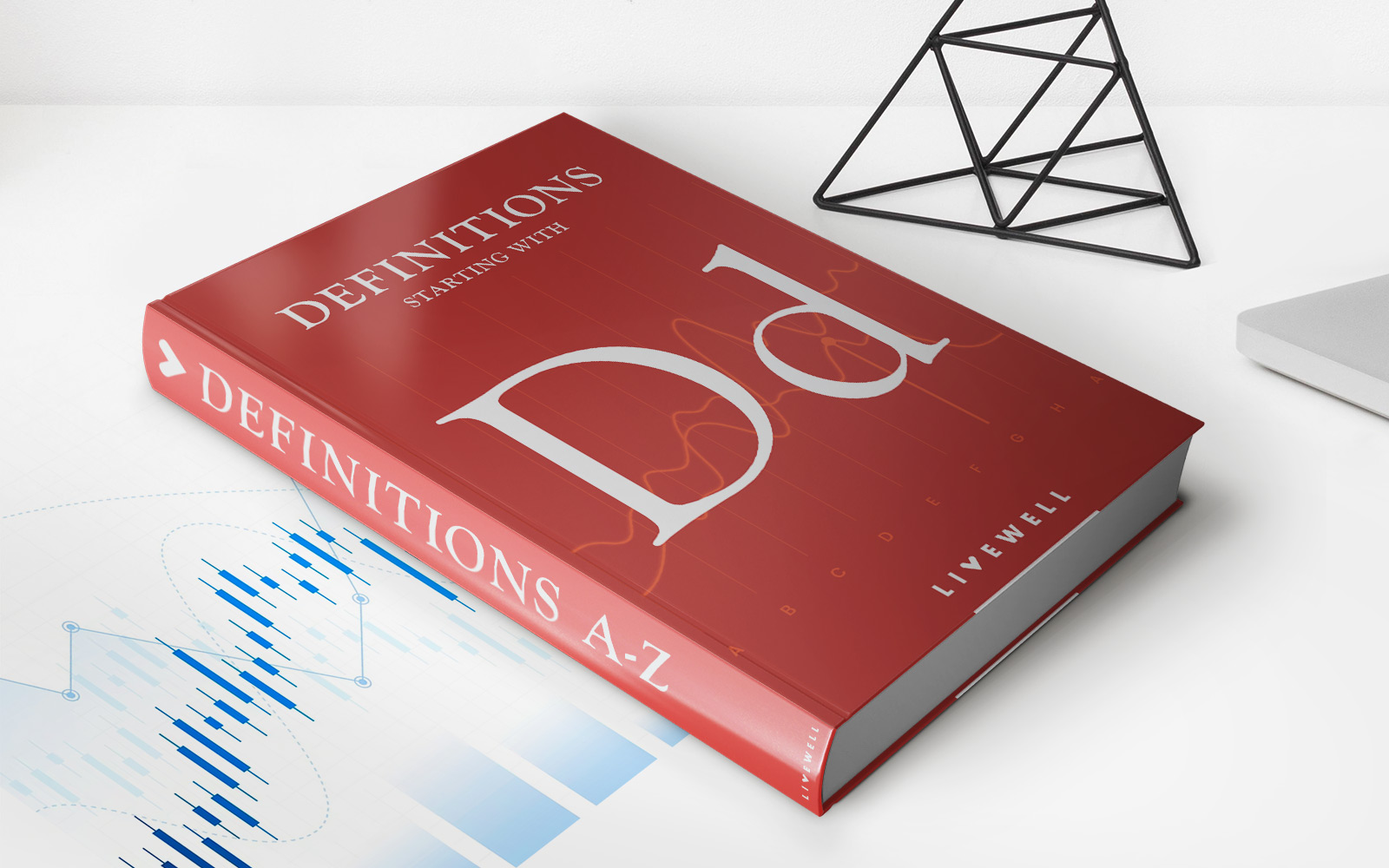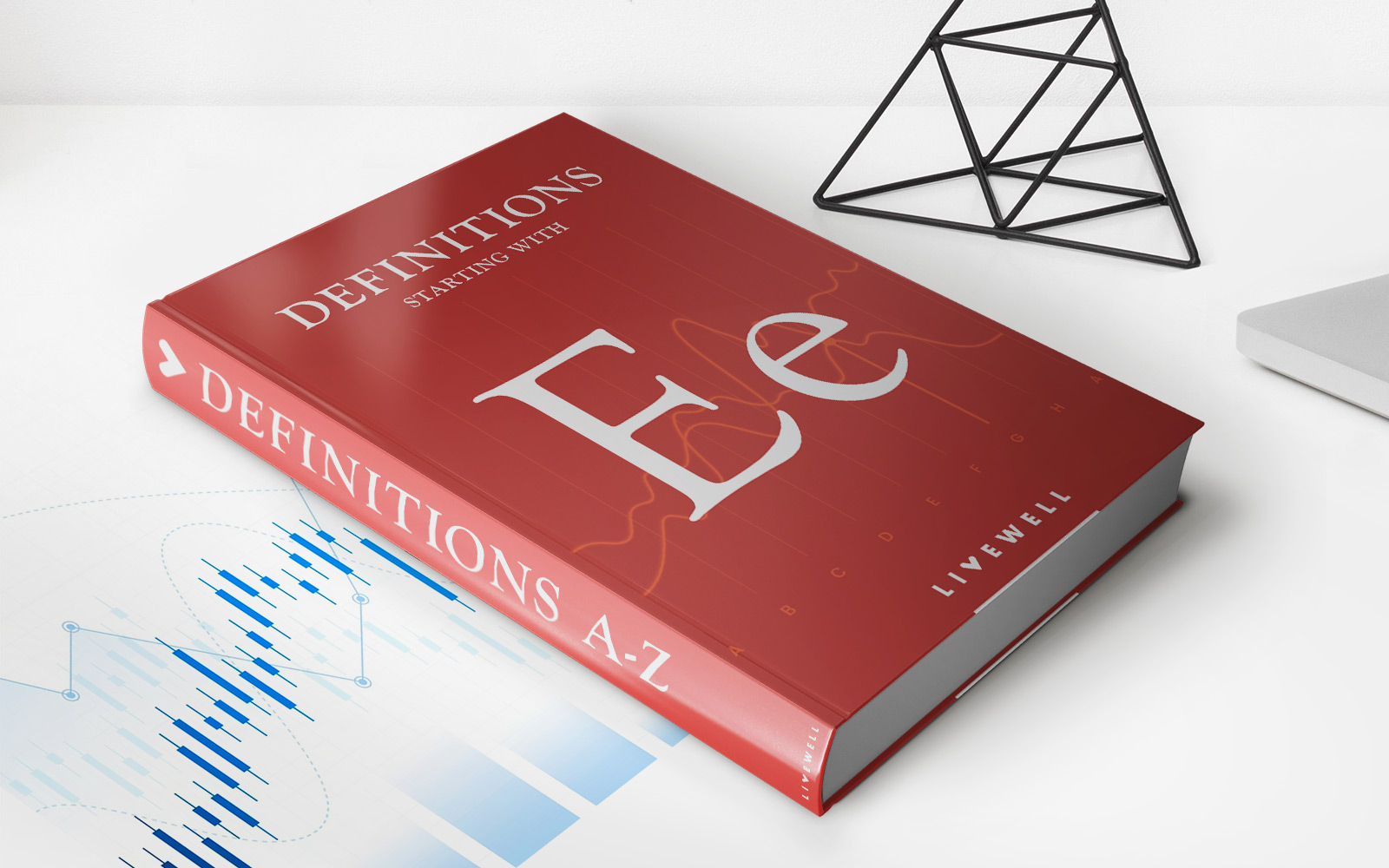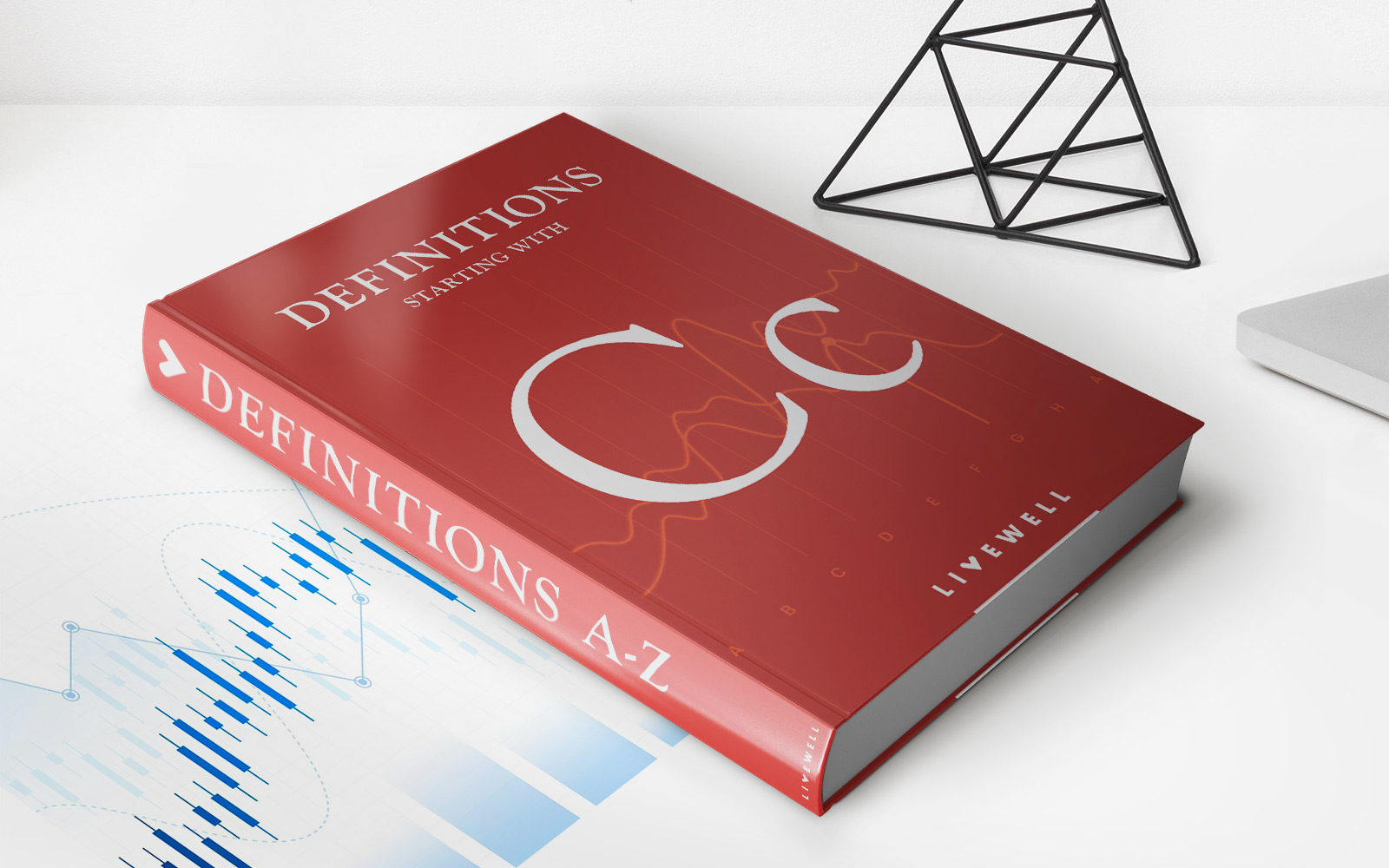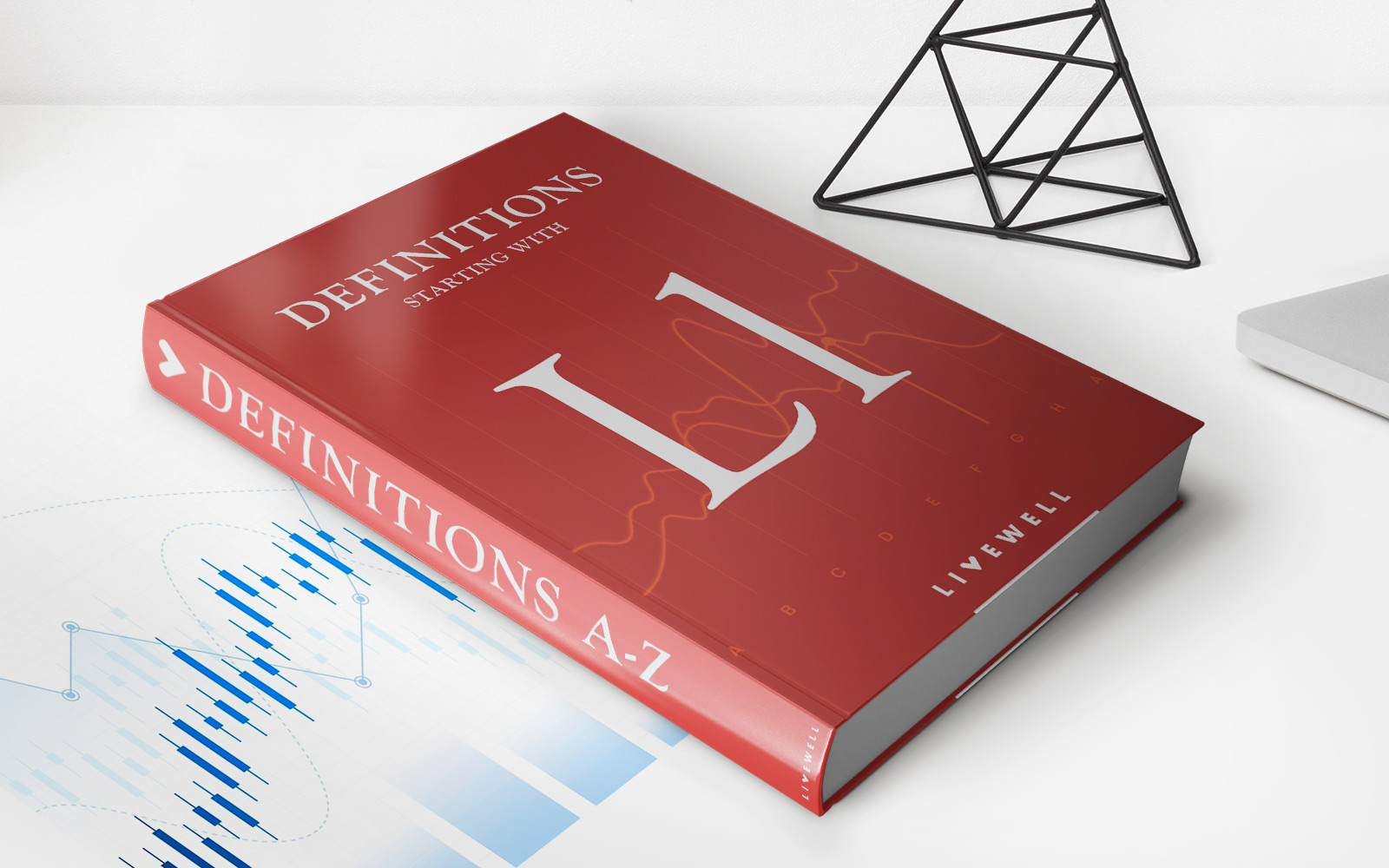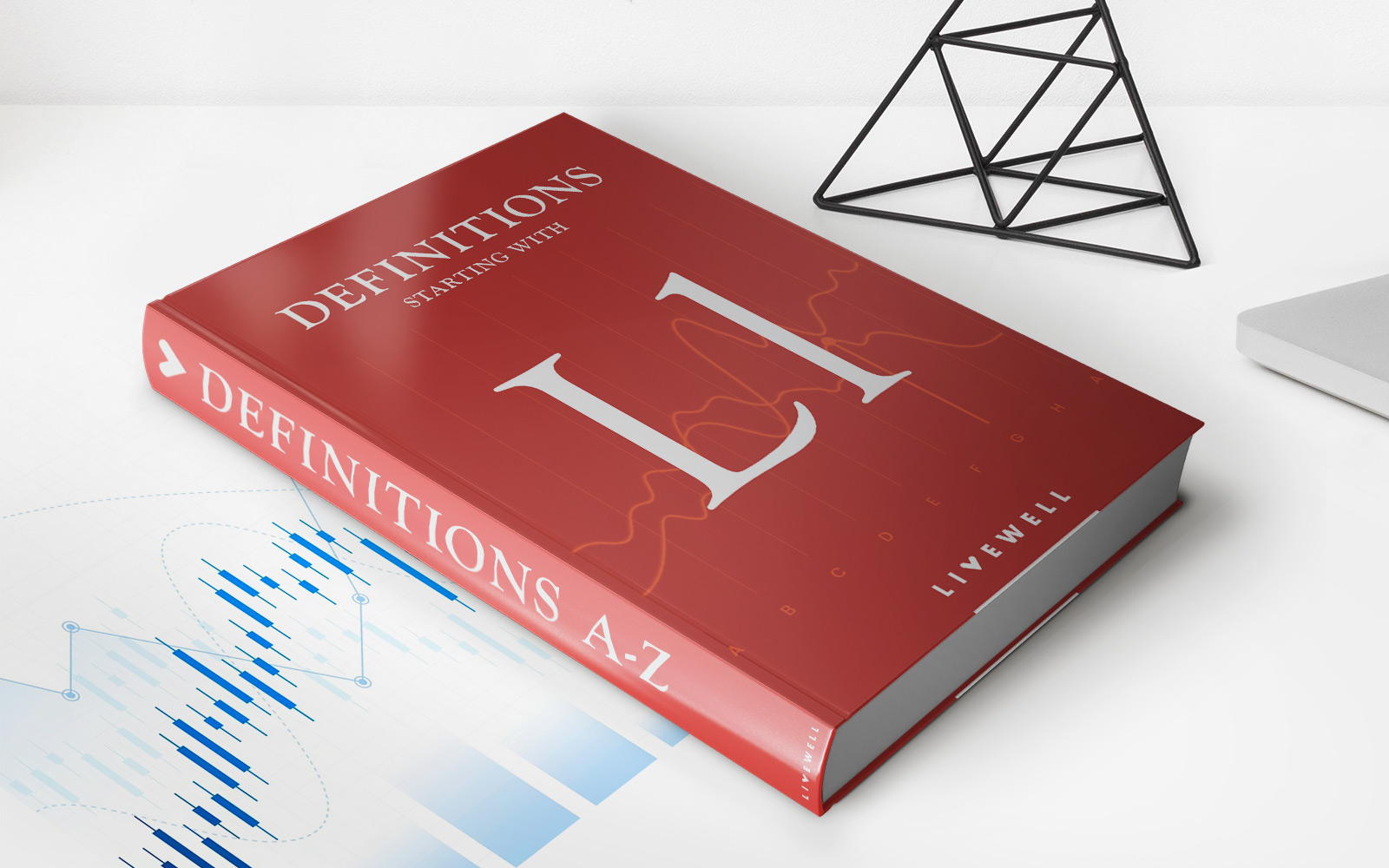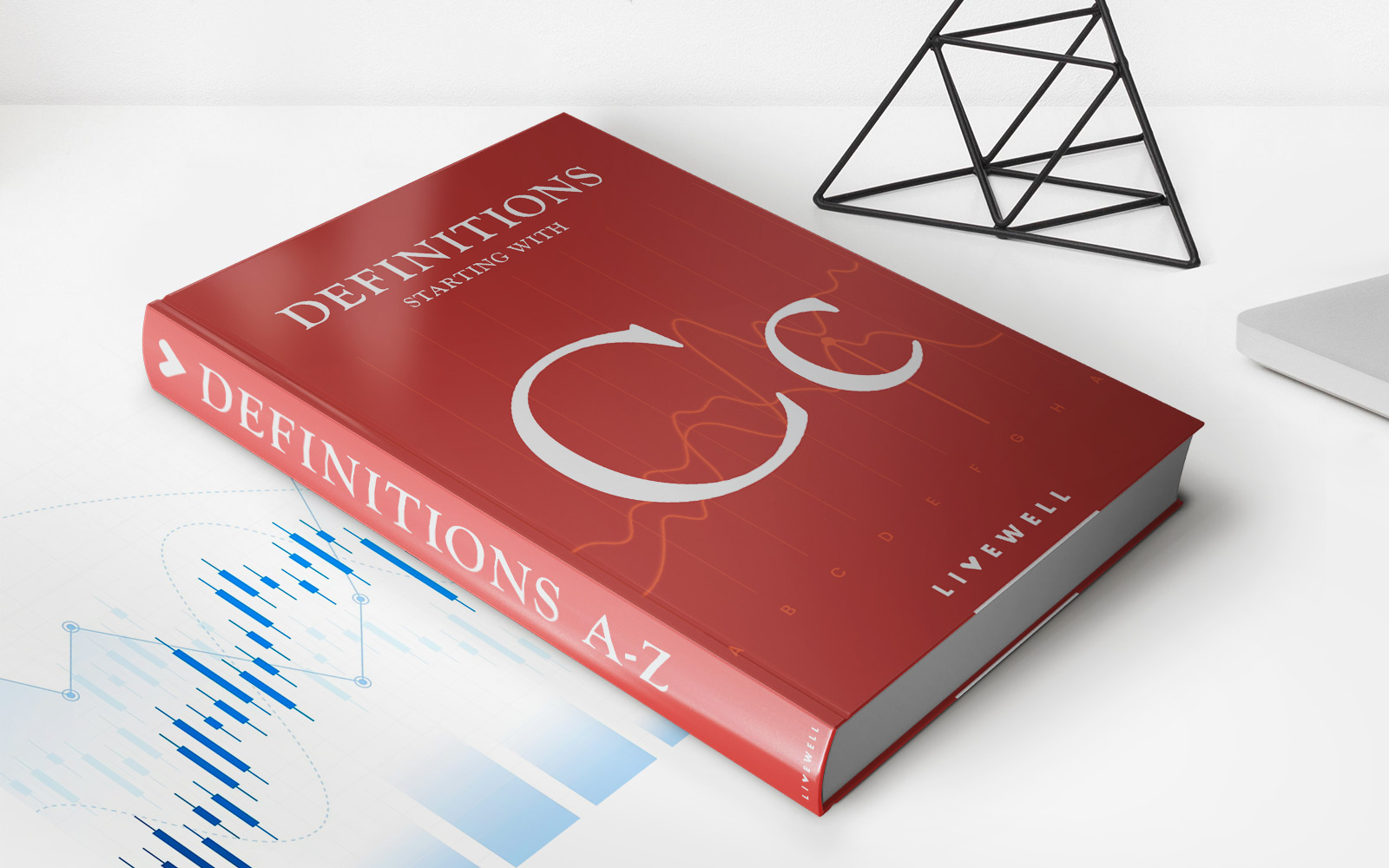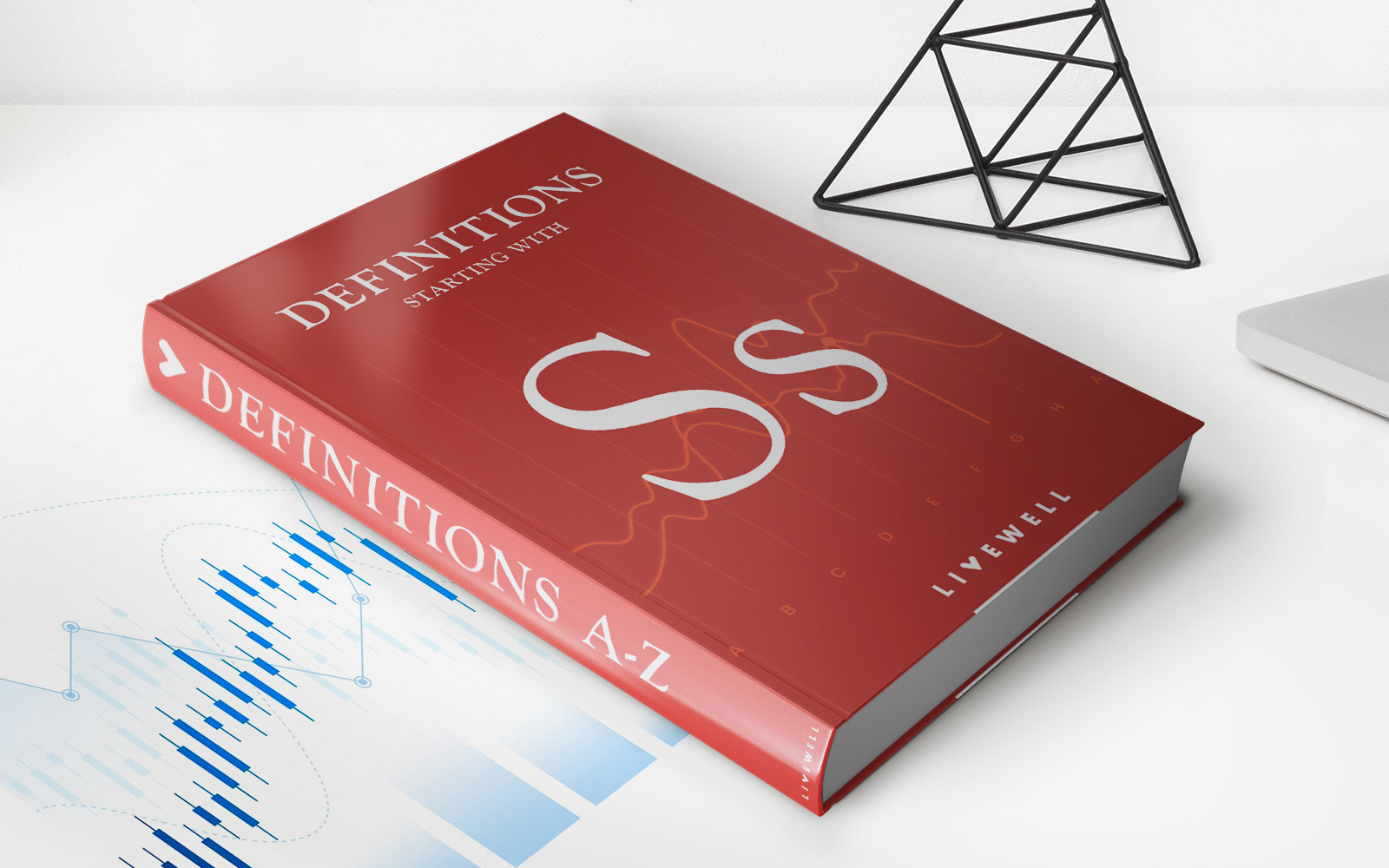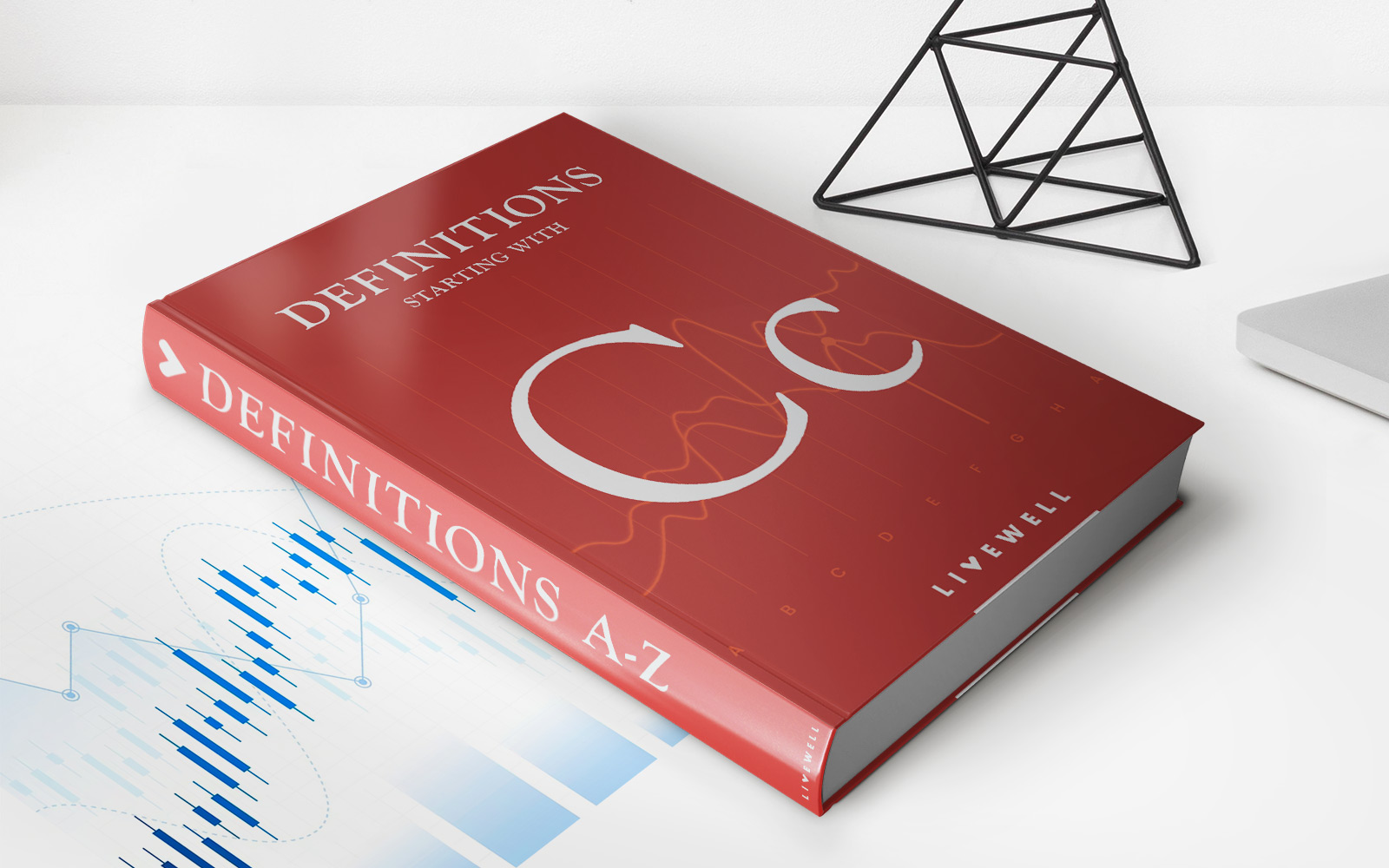Home>Finance>List The Types Of Lines Of Credit And How They Differ.
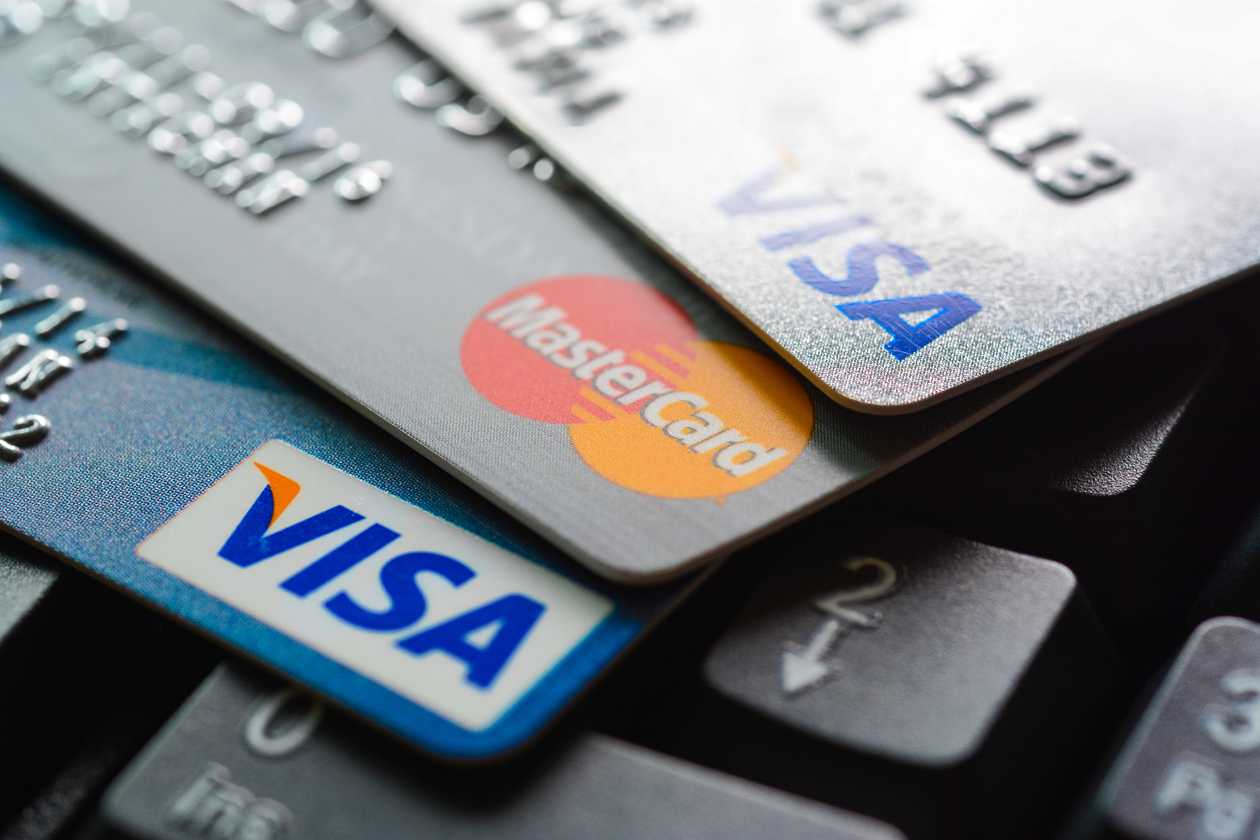

Finance
List The Types Of Lines Of Credit And How They Differ.
Modified: February 21, 2024
Learn about different types of lines of credit in finance and understand how they vary in this comprehensive guide. Choose wisely to manage your financial needs effectively.
(Many of the links in this article redirect to a specific reviewed product. Your purchase of these products through affiliate links helps to generate commission for LiveWell, at no extra cost. Learn more)
Table of Contents
Introduction
Lines of credit are a popular financial tool that provide individuals and businesses with access to funds for various purposes. Whether you’re looking for a flexible source of financing or need to cover unexpected expenses, understanding the different types of lines of credit and how they differ is crucial in making informed financial decisions.
A line of credit is a predetermined limit of credit extended by a lender that can be accessed by the borrower on an as-needed basis. Unlike a traditional loan, where you receive a lump sum of money upfront, a line of credit allows you to withdraw funds as you need them, up to the predetermined limit. This flexibility makes lines of credit a versatile financial tool that can help you manage cash flow, finance large purchases, or address unexpected expenses.
It’s important to note that not all lines of credit are created equal. Different types of lines of credit have varying terms, requirements, and features. Understanding these differences will help you choose the most suitable option based on your needs and financial circumstances.
In this article, we will explore the various types of lines of credit and how they differ. We will delve into open-end and closed-end lines of credit, secured and unsecured lines of credit, revolving lines of credit, and specific types such as home equity lines of credit (HELOCs), personal lines of credit, business lines of credit, student lines of credit, and credit cards as lines of credit. By the end, you will have a comprehensive understanding of the options available to you.
Open-End vs. Closed-End Lines of Credit
When it comes to lines of credit, one of the key distinctions is whether it is open-end or closed-end. Let’s take a closer look at what sets these two types apart.
An open-end line of credit, also known as a revolving line of credit, provides borrowers with ongoing access to funds up to a predetermined credit limit. It works similarly to a credit card, where you can borrow, repay, and borrow again as long as you stay within the limit. The credit line replenishes as you make repayments, giving you the flexibility to access funds whenever you need them. Examples of open-end lines of credit include home equity lines of credit (HELOCs) and personal lines of credit.
On the other hand, a closed-end line of credit, also known as a non-revolving line of credit, provides a one-time lump sum that cannot be borrowed again once it has been fully repaid. This type of line of credit is common in mortgage loans or car loans, where you receive a fixed amount of money upfront and make regular payments to pay off the loan in full. Unlike an open-end line of credit, a closed-end line does not replenish as you make payments, and once the funds are fully utilized, the line of credit is closed.
Which type of line of credit is right for you will depend on your financial needs and preferences. An open-end line of credit offers flexibility and ongoing access to funds, which can be beneficial for those who require funds for various purposes. A closed-end line of credit, on the other hand, may be more suitable for specific one-time expenses, like purchasing a new car or financing a home renovation project.
Now that we’ve explored the difference between open-end and closed-end lines of credit, let’s move on to the next distinction: secured and unsecured lines of credit.
Secured vs. Unsecured Lines of Credit
When considering a line of credit, another important factor to consider is whether it is secured or unsecured. Let’s dive into the difference between these two types.
A secured line of credit is backed by collateral, which is an asset that the borrower pledges to the lender as security against the line of credit. Collateral can be in the form of personal assets such as a home, car, or savings account. By providing collateral, borrowers are mitigating the risk for lenders, as the lender can seize the collateral if the borrower defaults on the line of credit. Due to the added security, secured lines of credit often come with lower interest rates and higher credit limits. Examples of secured lines of credit include home equity lines of credit (HELOCs) and secured personal lines of credit.
On the other hand, an unsecured line of credit does not require any collateral. This means that borrowers do not need to put up any assets to secure the line of credit. Instead, the approval for an unsecured line of credit is based on the borrower’s creditworthiness, income, and financial history. Unsecured lines of credit are typically riskier for lenders, as they have no asset to recoup in case of default. Due to the higher risk, unsecured lines of credit often have higher interest rates and lower credit limits compared to secured lines of credit. Examples of unsecured lines of credit include unsecured personal lines of credit and credit cards.
Deciding between a secured and unsecured line of credit depends on your financial situation and comfort level with providing collateral. If you have significant assets to offer as collateral and want to access a larger credit limit at a lower interest rate, a secured line of credit might be the right choice. On the other hand, if you do not have collateral or prefer not to put your assets at risk, an unsecured line of credit can still provide you with the flexibility and convenience of accessing funds without the need for collateral.
Now that we’ve explored the distinction between secured and unsecured lines of credit, let’s move on to another type of line of credit: revolving lines of credit.
Revolving Lines of Credit
Revolving lines of credit are a type of line of credit that offer flexibility and convenience. Unlike closed-end lines of credit where the funds cannot be borrowed again once repaid, revolving lines of credit allow borrowers to borrow, repay, and borrow again up to the predetermined credit limit.
With a revolving line of credit, you have continuous access to funds without the need to reapply for a new loan each time you need money. As you make repayments, the credit line replenishes, providing you with ongoing access to funds. This makes revolving lines of credit an ideal choice for managing cash flow, as you can borrow money whenever it’s needed and repay it at your convenience.
One of the main advantages of revolving lines of credit is the flexibility they offer. You have the freedom to borrow only what you need, which can be especially useful in situations where expenses vary from month to month. For example, if you’re a business owner experiencing fluctuating expenses or a homeowner undertaking a renovation project where costs might change as the project progresses, a revolving line of credit can offer the flexibility to manage those fluctuations.
Revolving lines of credit are commonly found in the form of credit cards and home equity lines of credit (HELOCs). Credit cards are a type of revolving line of credit that allows you to make purchases up to the credit limit and repay the borrowed amount over time or in full by the due date. HELOCs, on the other hand, use the equity you have in your home as collateral and provide you with a revolving line of credit to be used for various purposes, such as home renovations or debt consolidation.
When considering a revolving line of credit, it’s important to be mindful of interest rates and fees associated with the credit line. You should also carefully consider your repayment plan to ensure that you can comfortably manage the ongoing repayments. Additionally, maintaining a good credit history and responsible borrowing habits are crucial to maintaining a healthy revolving line of credit and maximizing its benefits.
Now that we’ve explored revolving lines of credit, let’s move on to a specific type of revolving line of credit: home equity lines of credit (HELOCs).
Home Equity Lines of Credit (HELOCs)
A home equity line of credit, commonly referred to as a HELOC, is a type of revolving line of credit that allows homeowners to leverage the equity they have accumulated in their property. HELOCs provide borrowers with access to funds that can be used for various purposes, such as home renovations, debt consolidation, or educational expenses.
HELOCs are secured lines of credit, meaning they are backed by the equity in your home. The equity in your home is the difference between the market value of the property and the outstanding mortgage balance. The maximum credit limit for a HELOC is typically a percentage of your home’s appraised value minus the amount you owe on your mortgage.
One of the main benefits of a HELOC is the flexibility it offers. You can borrow from the credit line as needed, similar to how a credit card works. This means that you can access funds when you need them, and you only pay interest on the amount you borrow. As you repay the borrowed amount, the credit line replenishes, giving you continuous access to funds throughout the draw period, which is typically 5 to 10 years.
In addition to its flexibility, HELOCs often come with lower interest rates compared to other types of loans or lines of credit, as they are secured by the equity in your home. This can make them an attractive option for homeowners who need to finance large expenses or consolidate high-interest debt.
It’s important to note that using a HELOC means putting your home as collateral, which means that defaulting on the payments could result in the loss of your property. It’s crucial to carefully consider your ability to make the required payments before opting for a HELOC.
In order to qualify for a HELOC, lenders typically consider factors such as your credit score, income, and the loan-to-value ratio of your home. The loan-to-value ratio is the percentage of your home’s value that is mortgaged. Lenders may have specific requirements regarding the maximum loan-to-value ratio they are willing to accept.
Overall, a HELOC can be an excellent tool for homeowners looking for a flexible and cost-effective way to access funds. It’s important to compare different offerings from lenders, consider the terms and conditions, and evaluate your financial situation before deciding if a HELOC is the right option for you.
Next, let’s explore another type of line of credit: personal lines of credit.
Personal Lines of Credit
Personal lines of credit are a type of open-end line of credit that provides individuals with flexibility and convenience in managing their personal finances. Unlike specific-purpose loans, personal lines of credit can be used for a wide range of expenses, such as home improvements, medical bills, or unexpected emergencies.
One of the key advantages of a personal line of credit is the ability to access funds whenever needed. You are approved for a maximum credit limit, and you can borrow money up to that limit as necessary. Interest is only charged on the amount you borrow, and as you make repayments, the credit line replenishes, allowing you to borrow again in the future.
Personal lines of credit are unsecured, meaning they do not require collateral. Instead, lenders assess your creditworthiness, income, and financial history to determine your eligibility and credit limit. A good credit score and solid credit history can increase your chances of obtaining a higher credit limit and better interest rates.
These lines of credit come with varying terms, such as interest rates, repayment periods, and withdrawal options. Some personal lines of credit may come with a variable interest rate, which means that the interest rate can fluctuate based on market conditions. Other personal lines of credit may offer a fixed interest rate, providing more predictability in your monthly repayment amount.
Personal lines of credit are versatile financial tools that can help you bridge financial gaps, especially during emergencies or unexpected expenses. Rather than relying on high-interest credit cards or taking out a traditional loan, a personal line of credit allows you to access funds quickly and conveniently.
It is important to use a personal line of credit responsibly and only borrow what you can comfortably repay. Making timely and responsible repayments can also help improve your credit score over time.
When considering a personal line of credit, it’s important to review the terms and conditions of different lenders, including interest rates, fees, and repayment options. By comparing various offers, you can find the best personal line of credit that suits your financial needs and goals.
Next, let’s explore another type of line of credit: business lines of credit.
Business Lines of Credit
Business lines of credit are a type of financing solution specifically designed to meet the financial needs of businesses. They provide access to a predetermined credit limit that can be utilized for various purposes, such as managing cash flow, purchasing inventory, covering operational expenses, or funding business growth initiatives.
Business lines of credit offer flexibility and convenience to business owners. Similar to personal lines of credit, they are open-end lines of credit, meaning that you can borrow, repay, and borrow again up to the approved credit limit. This flexibility allows businesses to access funds as needed and only pay interest on the amount borrowed.
One of the advantages of a business line of credit is that it provides businesses with quick access to capital whenever they need it. This can be particularly beneficial for small businesses that may experience cash flow fluctuations or require immediate funds for unexpected expenses or opportunities. By having a line of credit in place, businesses can have peace of mind knowing that they have a financial safety net to rely on.
Business lines of credit can be secured or unsecured, depending on the lender’s requirements and the creditworthiness of the business. Secured lines of credit may require collateral, such as business assets or personal guarantees, to secure the credit line. On the other hand, unsecured lines of credit do not require collateral but may have stricter eligibility criteria and higher interest rates.
When applying for a business line of credit, lenders typically assess various factors, including the business’s credit history, annual revenue, profitability, and the personal credit history of the business owner(s). A strong credit profile and financial track record can increase the chances of approval and favorable terms.
It’s important for business owners to carefully consider their borrowing needs and repayment capabilities before taking on a business line of credit. While it can be a valuable tool for managing cash flow and financing business growth, responsible borrowing and timely repayment are essential to maintain a healthy credit profile.
Business lines of credit can be obtained from traditional banks, credit unions, or alternative lenders that specialize in business financing. It’s important to compare the terms, interest rates, fees, and repayment options offered by different lenders to ensure you choose the most suitable option for your business.
Next, let’s explore another type of line of credit: student lines of credit.
Student Lines of Credit
Student lines of credit are a type of financing option specifically designed to help students cover the costs associated with their education. These lines of credit are typically offered by financial institutions and are intended to assist with tuition fees, textbooks, accommodation, and other educational expenses.
Student lines of credit provide students with a predetermined credit limit, allowing them to borrow funds as needed throughout their academic journey. Unlike traditional loans, student lines of credit offer more flexibility, as students can choose when and how much to borrow within the approved credit limit. Interest is only charged on the amount borrowed, and repayment usually begins after the completion of the education program.
One of the main advantages of student lines of credit is that they typically offer lower interest rates compared to other forms of borrowing, such as personal loans or credit cards. This makes them an attractive option for students who need financial assistance in pursuing their studies. Additionally, having access to a line of credit can provide students with a sense of security, knowing that they have funding available to cover their educational expenses.
When applying for a student line of credit, lenders may require a co-signer, such as a parent or guardian, especially if the student does not have a strong credit history or income. The co-signer is equally responsible for the repayment of the line of credit if the student is unable to make the payments. This co-signing arrangement helps provide additional assurance to the lender and may result in more favorable credit terms.
It’s important for students to carefully evaluate their borrowing needs and create a realistic repayment plan. While student lines of credit can provide valuable financial assistance, it’s crucial to borrow responsibly and only take on what can be comfortably repaid after completing the education program.
Students should also consider other financial aid options, such as scholarships, grants, and government student loans, before applying for a student line of credit. Exploring all available resources can help minimize the need to rely solely on credit and reduce potential financial stress in the long run.
When choosing a student line of credit, it’s advisable to compare offerings from different lenders, considering factors such as interest rates, repayment terms, fees, and any additional benefits or incentives specific to students. By doing thorough research, students can find a suitable line of credit that aligns with their financial needs and goals.
Now that we’ve explored student lines of credit, let’s move on to another popular form of credit: credit cards.
Credit Cards as Lines of Credit
Credit cards are one of the most commonly used forms of credit and can also function as a line of credit. While credit cards may have similar features to other lines of credit, they come with distinct characteristics and benefits.
A credit card is a payment card that allows cardholders to make purchases using a line of credit provided by the credit card issuer. The amount that can be spent with the credit card is determined by the credit limit set by the issuer. As the cardholder makes purchases, the available credit limit decreases, and as payments are made, the available credit is restored.
One key advantage of using a credit card as a line of credit is the convenience and flexibility it offers. Credit cards can be used for various expenses, both online and in-store, making them a convenient payment method. Cardholders can choose to pay off their balance in full each month, avoiding interest charges, or carry a balance and make minimum payments, allowing them to manage their cash flow more effectively.
Another benefit of credit cards is the potential to earn rewards or cashback on eligible purchases. Many credit card issuers offer reward programs, which allow cardholders to accumulate points, miles, or cashback that can be redeemed for future purchases, travel, or other rewards. Cardholders need to ensure they understand the terms and conditions associated with rewards programs, including any annual fees or restrictions.
It’s important to note that credit cards generally come with higher interest rates compared to other lines of credit. Therefore, it’s advisable to pay off the balance in full each month whenever possible to avoid accruing interest charges. Failure to make timely payments can lead to accumulating debt and negatively impact credit scores.
Credit cards also offer certain consumer protections, such as fraud protection and chargeback rights, which can offer added security when making purchases. However, it is essential to use credit cards responsibly and monitor spending to avoid overspending or falling into a cycle of debt.
When choosing a credit card, consider factors such as interest rates, annual fees, rewards programs, and any additional benefits or perks offered by the issuer. It’s also crucial to assess personal spending habits and financial goals to select a credit card that aligns with your needs.
Now that we’ve explored credit cards as lines of credit, let’s conclude our discussion on the different types of lines of credit.
Conclusion
Lines of credit are valuable financial tools that provide individuals and businesses with flexibility and access to funds when needed. By understanding the different types of lines of credit and how they differ, you can make informed decisions to meet your financial goals and needs.
We explored open-end and closed-end lines of credit, with open-end lines offering ongoing access to funds and closed-end lines providing a one-time lump sum. We also discussed secured and unsecured lines of credit, where secured lines require collateral and unsecured lines do not. Additionally, we delved into revolving lines of credit, such as credit cards and home equity lines of credit (HELOCs), which offer continuous access to funds up to the approved credit limit.
We also covered personal lines of credit, which can be used for various personal expenses, and business lines of credit, specifically designed to meet the financial needs of businesses. Moreover, we explored student lines of credit that assist students in covering educational expenses, and credit cards as a popular form of revolving credit.
When considering a line of credit, it is crucial to assess your financial situation, repayment capabilities, and specific borrowing needs. Comparing the terms and conditions, interest rates, fees, and eligibility criteria of different lenders will help you make an informed decision.
Remember, responsible borrowing and timely repayments are essential to maintain a healthy credit profile. By utilizing lines of credit wisely, you can effectively manage your finances, cover unexpected expenses, and achieve your personal and business goals.
So, take the time to explore your options, understand the terms, and choose the line of credit that best fits your financial circumstances and aspirations.
